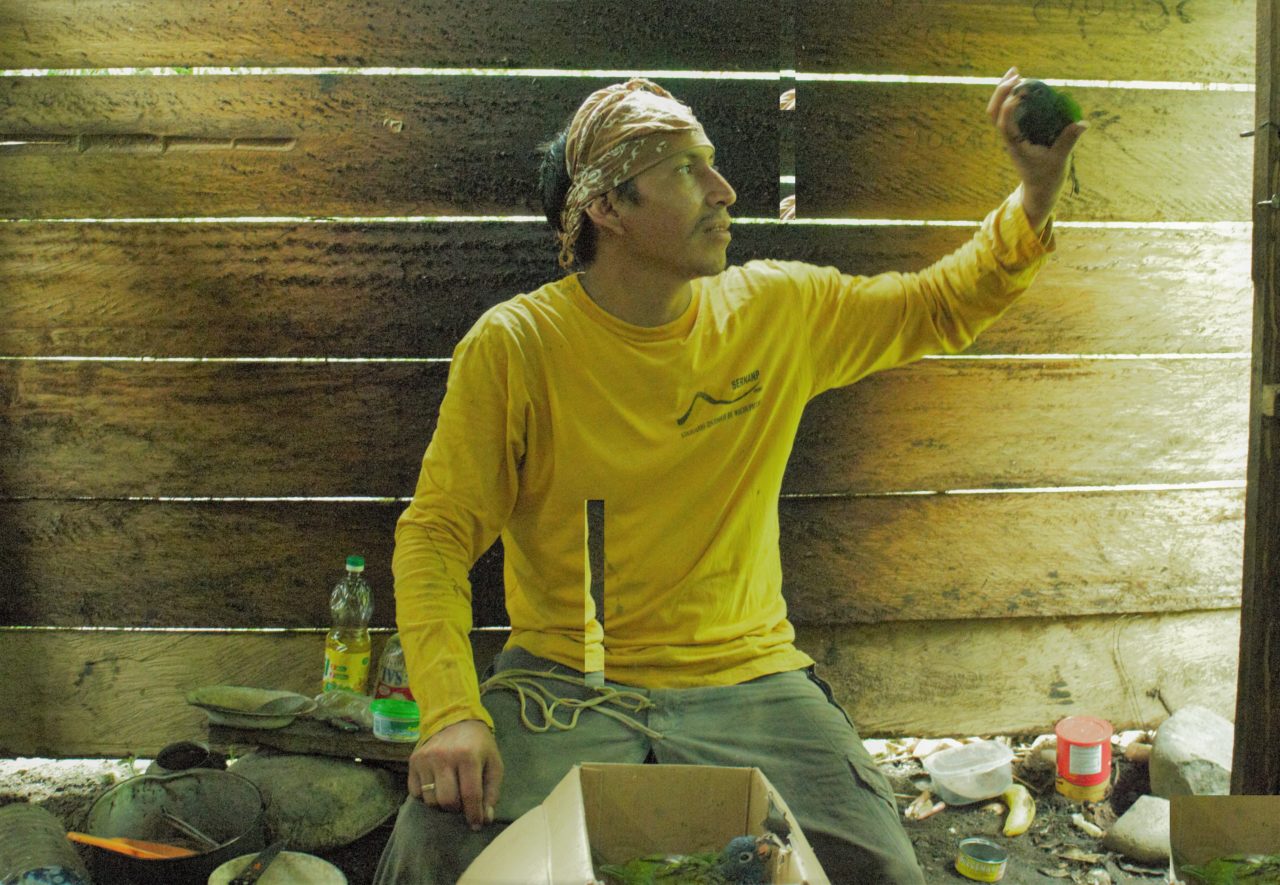Birdwatching and Exploring by Quiteni – La Convencion
Since I started working as a freelance guide to Manu National Park, I settled in Cusco as my home, I have been traveling to Manu almost all year round from April to December guiding for many Tour Agencies too and visiting different shelters and lodges I have experienced many new things and favorable.
The birds have been something common in my environment but it had not taken much importance and now I would like to study and understand the birds in a better way but for certain reasons.
I started studying plants before, working as a naturalist guide I feel so motivated and privileged to travel to an area of my country where biological diversity is amazing and it´s something that we can admire every day. For New Year’s Eve decided to take a trip to Kiteni (Quillabamba) that is over 650 m.a.s.l – which is located about 350 km northeast of Cusco.

I found a very special this area for bird watching in my personal opinion, despite being a secondary forest but has some primary forest bands crossing the mountains was so nice to see small species of flycatchers (stripe necked tody-tyrant, yellow-throated spade-bill, White-bellied pygmy-tyrant) among other species appeared to be more frequent and easy to spot.
Something that we observed easily was three types of manakin in a small space of 50 m2 approx. ( fiery capped, round tailed, green manakin) there was a Miconia sp shrub fruiting at the edge of the road, at that point we find it much easier to observe other species of flycatcher, and also was incredible when we saw the green manakin displaying very close to the Miconia sp shrub that was our highlight so far. I had never seen this species displaying before and one of them (green manakin) had a parasite on its neck looked like a tick (the parasite gradually was too large for the size of the bird) but the bird did not seem to be affected even at a glance (it was dancing so gracefully) there is no sexual dimorphism in this species that is why we cannot say if male or female.
We have seen this behavior and such species only once out of the 4 times (mornings) we have visited the point, on the other hand, we could see the “fiery capped manakin feeding on the miconia fruit almost daily with other species of birds such as forest Elaenia especially this one in couple eating most of the fruit with its characteristic hop.
The coffee and chocolate plantations appear to be very interesting that facilitates the concentration of some species of birds that depend on the flowers of Inga sp. (the trees are preserved and maintained by local´s coffee growers to provide shade for coffee or chocolate plantations according to the farmer’s practices)
I felt so glad to have seen the female White-bellied Woodstar over that elevation also we enjoyed too encountering mixed-species flocks (Guira Tanager, yellow-backed tanager, chestnut vented conebill) almost frequently above the plantations.

I also think it was somehow a challenging experience because we were watching birds in a different ecosystem type that usually I don´t use to search, perhaps we could need more experience and accuracy in identifying key species, or maybe we had not any chance to see them. Species such as; Yungas Tyrannulet, Yungas Antwren, Yungas Pygmy-Owl, Peruvian piedtail, creamy bellied Antwren, cerulean capped manakin, Peruvian warbling Antbird (hypocnemis peruvianus) the latter one we just heard in the distance. After we stayed for 5 days around the mentioned area “Selva Alegre” which is a quiet and pleasant scenery with steeply intermountain valleys located 9 km from the major town called “Kiteni”.
We decided to turn back to Quillabamba 1400 masl and visit the town called Echarati in 2 opportunities which are only 45min, by car from Quillabamba, with big expectations to see hummingbirds, by the way, the town is surrounded by many coffee plantations too.
We just found some Inga Trees full of flowers and leafy, with some luck the first morning we saw more than 6 sp of hummingbirds in one tree in about 3 hours even in an urban area.
In addition, we considered uncommon species for us the following birds; masked Yellowthroat, plain-breasted ground dove, dull-colored grassquit.
Overall We began 2012 enjoying and watching the birds in this wonderful place not very popular for birdwatchers yet, however, there are some bird recordings in this area as shown on xeno-canto.


